Navratri 2025: Importance of 9 Days in Navratri 2025 🌟
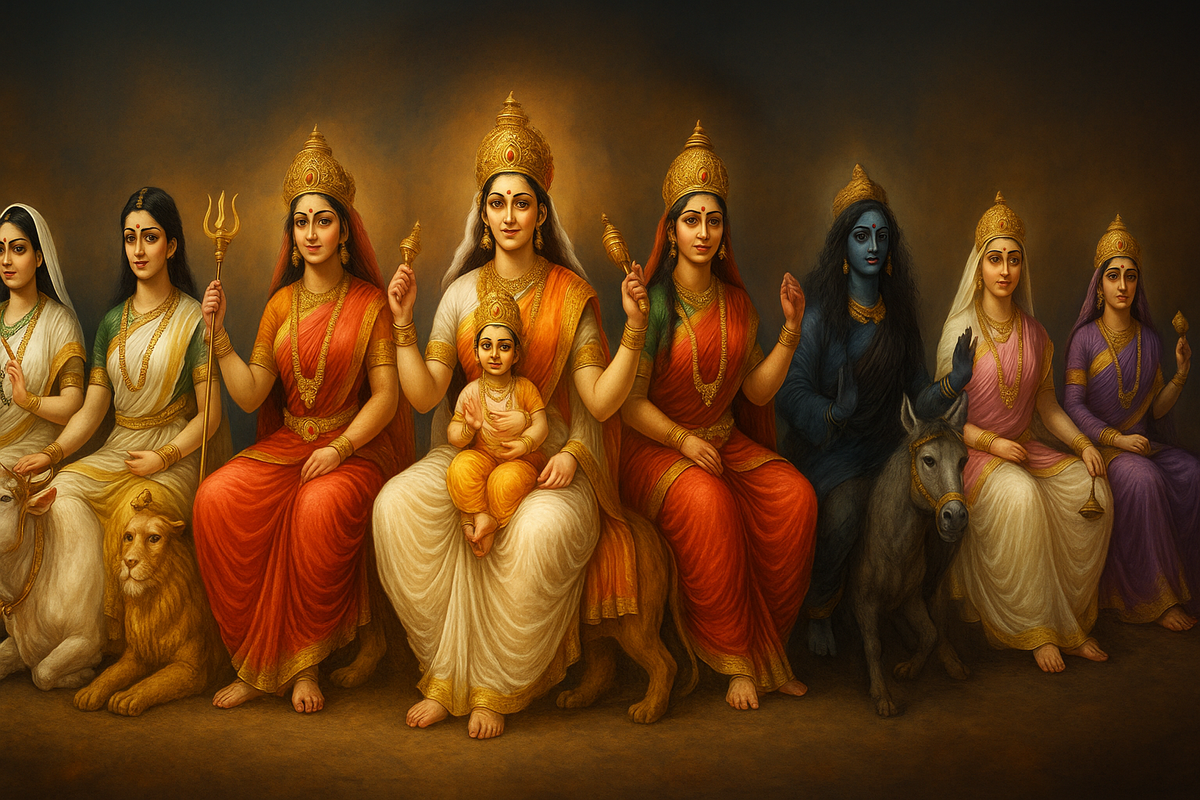
Navratri, meaning "nine nights," is a significant Hindu festival celebrated with immense devotion across India. In 2025, Shardiya Navratri 2025 will commence on September 22 and conclude on September 30, marking the beginning of the Hindu lunar calendar. Each day is dedicated to a different form of Goddess Durga, collectively known as Navadurga, symbolizing various virtues and powers.
Significance of Each Day in Navratri 2025 📅
Day 1: September 22, 2025 – Maa Shailaputri 🌸
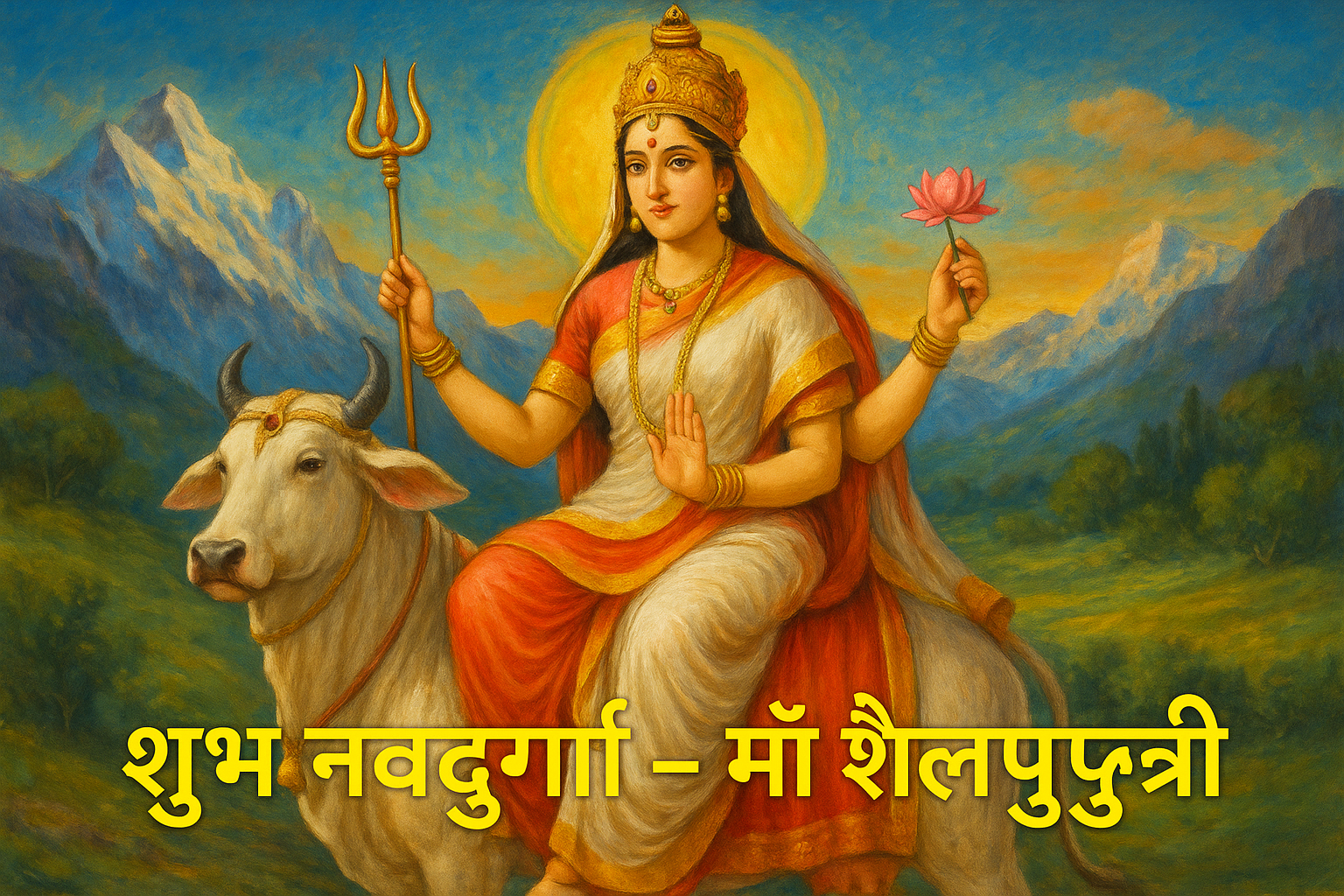
The first day of Shardiya Navratri is dedicated to Maa Shailaputri, who is regarded as the daughter of the mountains (Himalayas). She is the purest embodiment of Mother Nature, riding a bull and carrying a trident and a lotus in her hands. Worshiping Maa Shailaputri instills a sense of strength, determination, and stability in devotees. She signifies the beginning of spiritual awakening and is associated with the Muladhara (root) chakra. On this day, devotees perform Ghatasthapana to invite the goddess into their homes and hearts. It sets the tone for the sacred nine nights of divine energy.
Color of the Day: Yellow 💛
Significance: Brings strength, composure, and a stable spiritual foundation.
Day 2: September 23, 2025 – Maa Brahmacharini 🔥
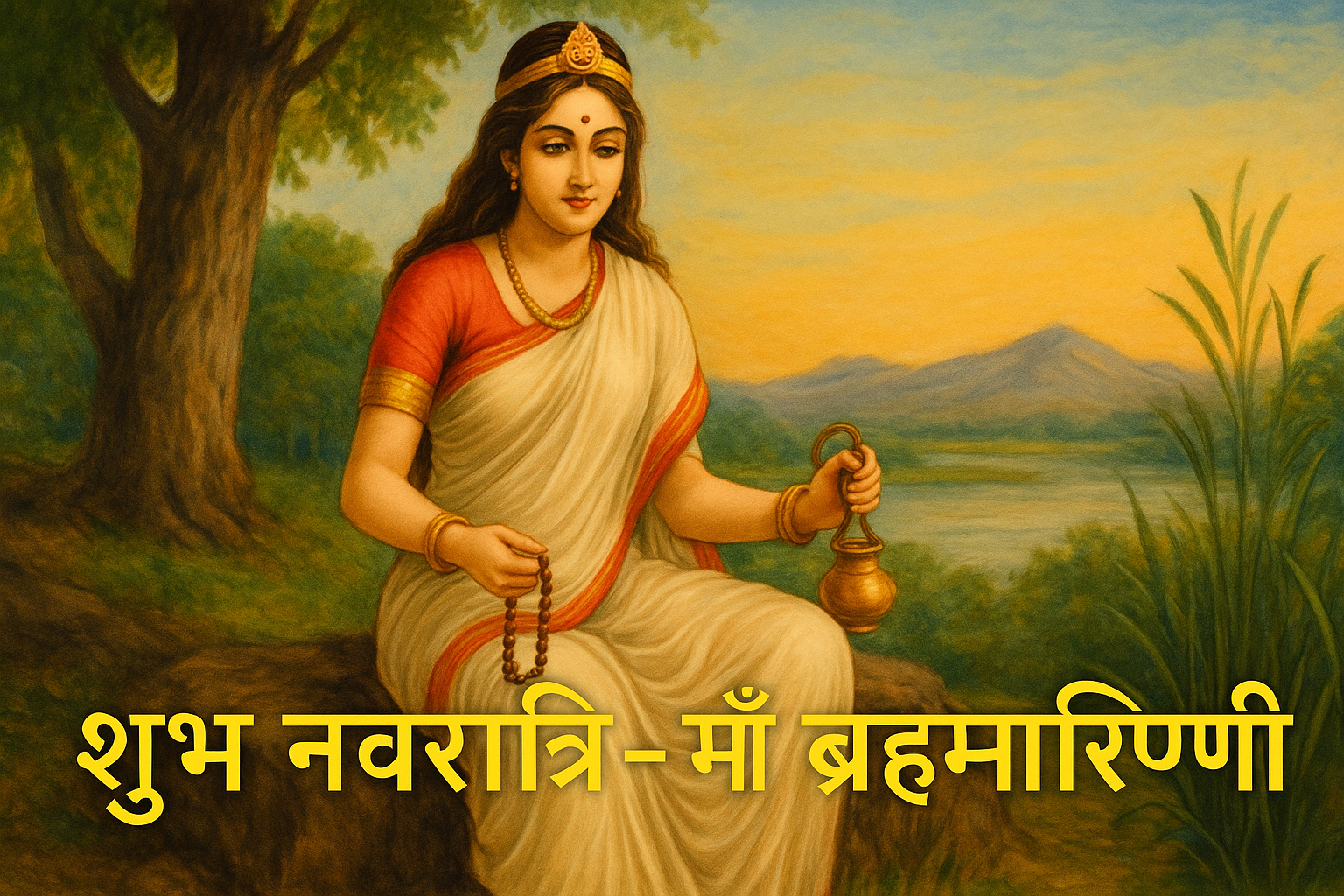
The second day honors Maa Brahmacharini, the goddess who embodies the power of penance and devotion. Dressed in white, she holds a rosary in one hand and a water utensil (kamandalu) in the other. Her form reflects extreme austerity, peace, and serenity. Worshiping her blesses devotees with emotional strength, wisdom, and the power to endure hardships in life. She is associated with the Swadhisthana (sacral) chakra and encourages a disciplined and focused life path. On this day, many observe strict fasting and engage in deep meditation.
Color of the Day: Green 💚
Significance: Grants peace, prosperity, dedication, and perseverance.
Day 3: September 24, 2025 – Maa Chandraghanta 🌙
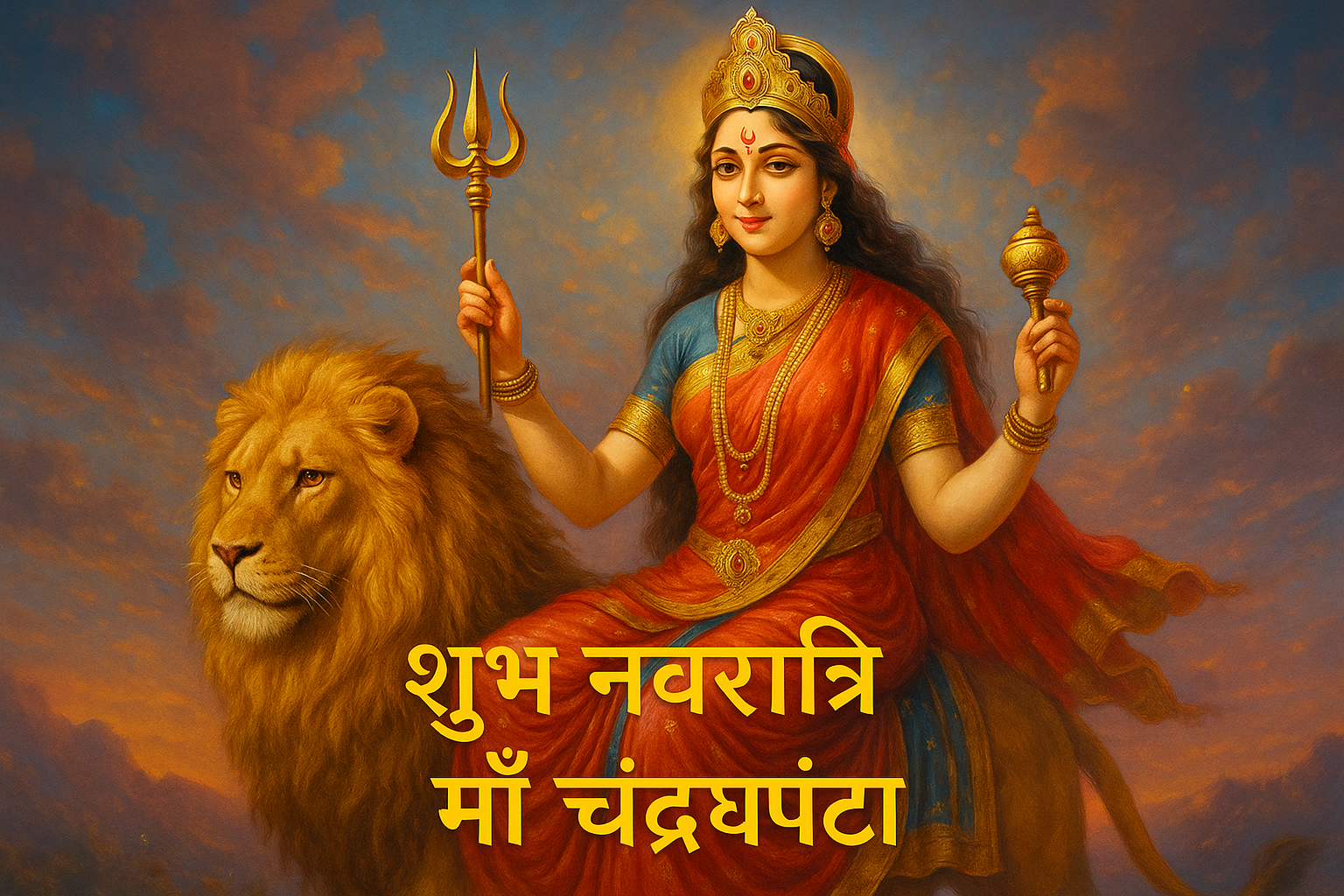
Maa Chandraghanta is worshiped on the third day, representing courage and grace. She is depicted with a crescent moon (chandra) on her forehead like a bell (ghanta), from which she derives her name. Riding a tiger and adorned with ten arms carrying weapons, she symbolizes bravery and readiness to combat evil forces. Devotees worship her to attain mental tranquility, fearlessness, and spiritual strength. It is believed that her blessings eliminate all sufferings and hurdles from life.
Color of the Day: Grey 🩶
Significance: Brings bravery, peace, and removes negativity and fear.
Day 4: September 25, 2025 – Maa Kushmanda 🌞

On the fourth day, Maa Kushmanda is venerated. It is believed that she created the universe with her divine smile. She is associated with the cosmic egg (Kanda) and the core energy of the sun. Her depiction has eight hands holding weapons, a rosary, and a jar of nectar. Worshiping Maa Kushmanda enhances health, wealth, and strength. She is also linked to improving intellect and decision-making skills, radiating light and energy into every devotee’s life.
Color of the Day: Orange 🧡
Significance: Bestows energy, vitality, and creativity in life.
Day 5: September 26, 2025 – Maa Skandamata 👶
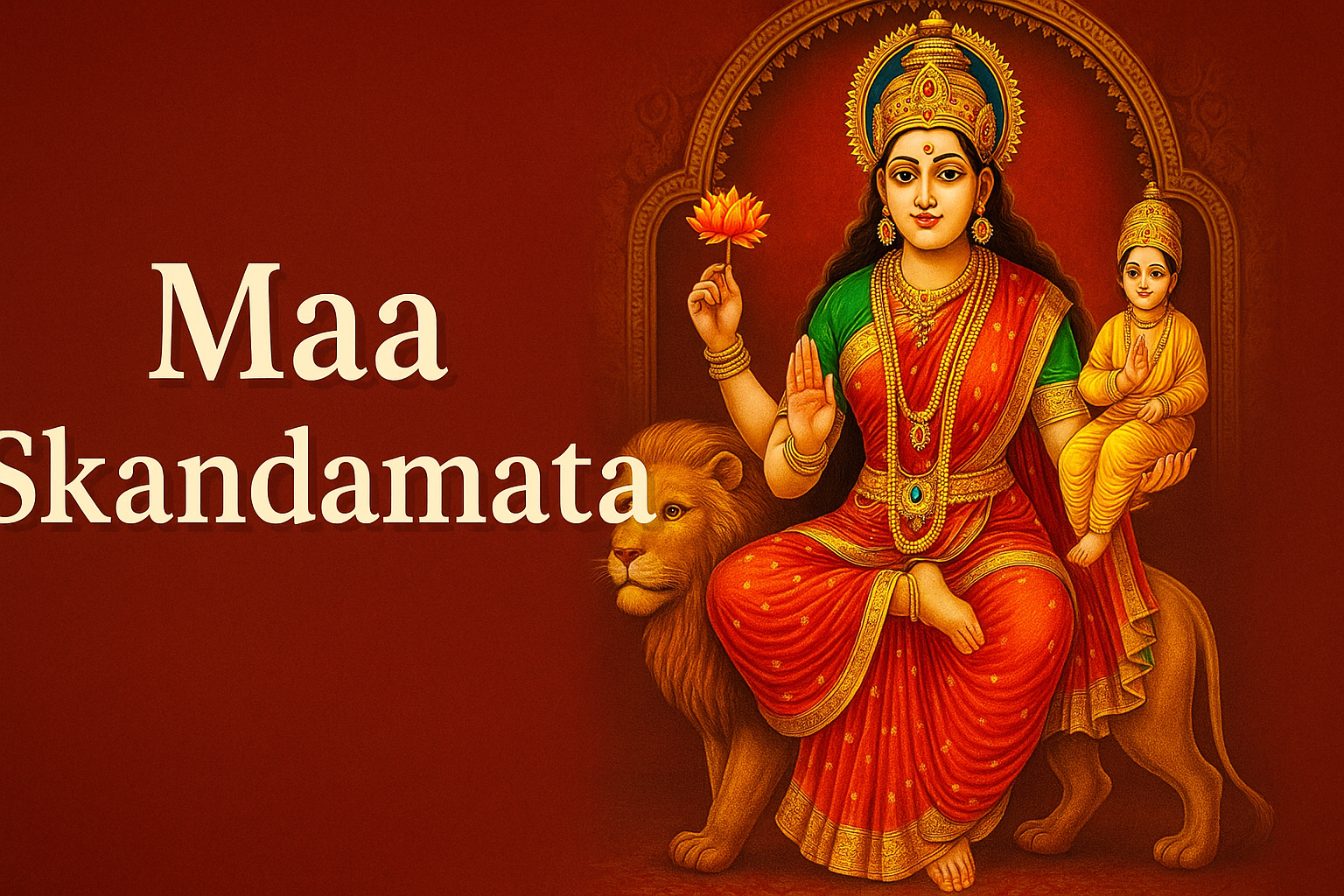
The fifth day is devoted to Maa Skandamata, the mother of Lord Kartikeya (Skanda), the commander of the divine army. She is portrayed carrying her infant son Skanda in her lap and riding a lion. Worshiping Skandamata blesses devotees with wisdom, salvation, and prosperity. She also nurtures her devotees like a loving mother. This day emphasizes maternal love, nourishment, and protection.
Color of the Day: White 🤍
Significance: Grants wisdom, prosperity, and motherly love.
Day 6: September 27, 2025 – Maa Katyayani 🗡️
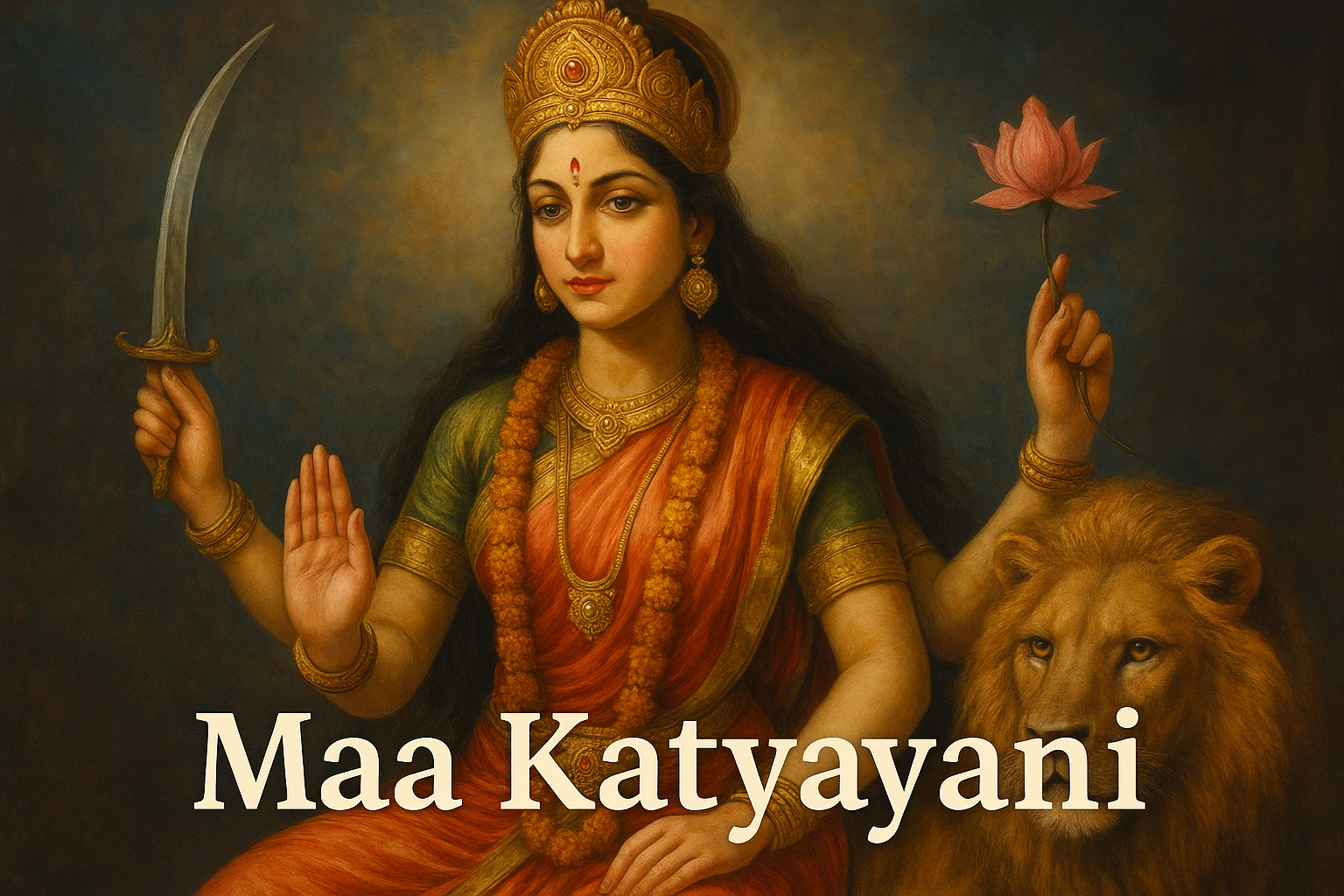
The sixth day of Navratri is for Maa Katyayani, one of the fiercest forms of Durga. Born from the anger of gods, she rides a lion and carries fierce weapons in her four hands. Maa Katyayani is worshiped to remove obstacles in marriage and personal relationships. Her worship strengthens the heart chakra (Anahata), promoting emotional balance and courage to fight injustices.
Color of the Day: Red ❤️
Significance: Removes marriage and relationship hurdles; grants strength and courage.
Day 7: September 28, 2025 – Maa Kalaratri 🌌
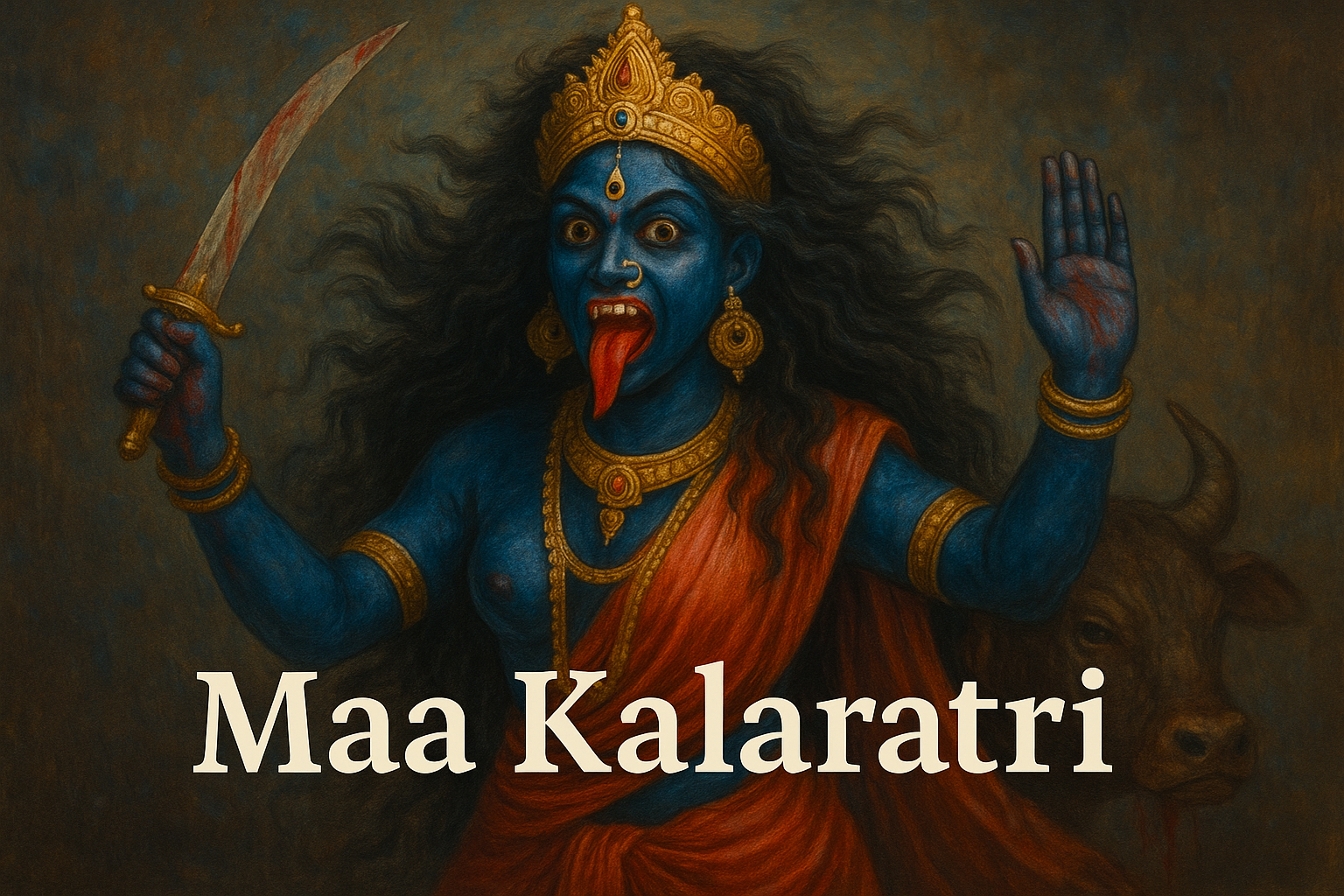
The seventh day reveres Maa Kalaratri, the fiercest and most terrifying form of Durga. She is dark-skinned, rides a donkey, and emits a powerful aura capable of eradicating all evil. Despite her fearful form, she is immensely protective and grants freedom from fear, ignorance, and darkness. Devotees believe that worshipping Maa Kalaratri eliminates all planetary doshas and negative energies.
Color of the Day: Royal Blue 💙
Significance: Destroys evil and ignorance; grants courage and protection.
Day 8: September 29, 2025 – Maa Mahagauri 🌼
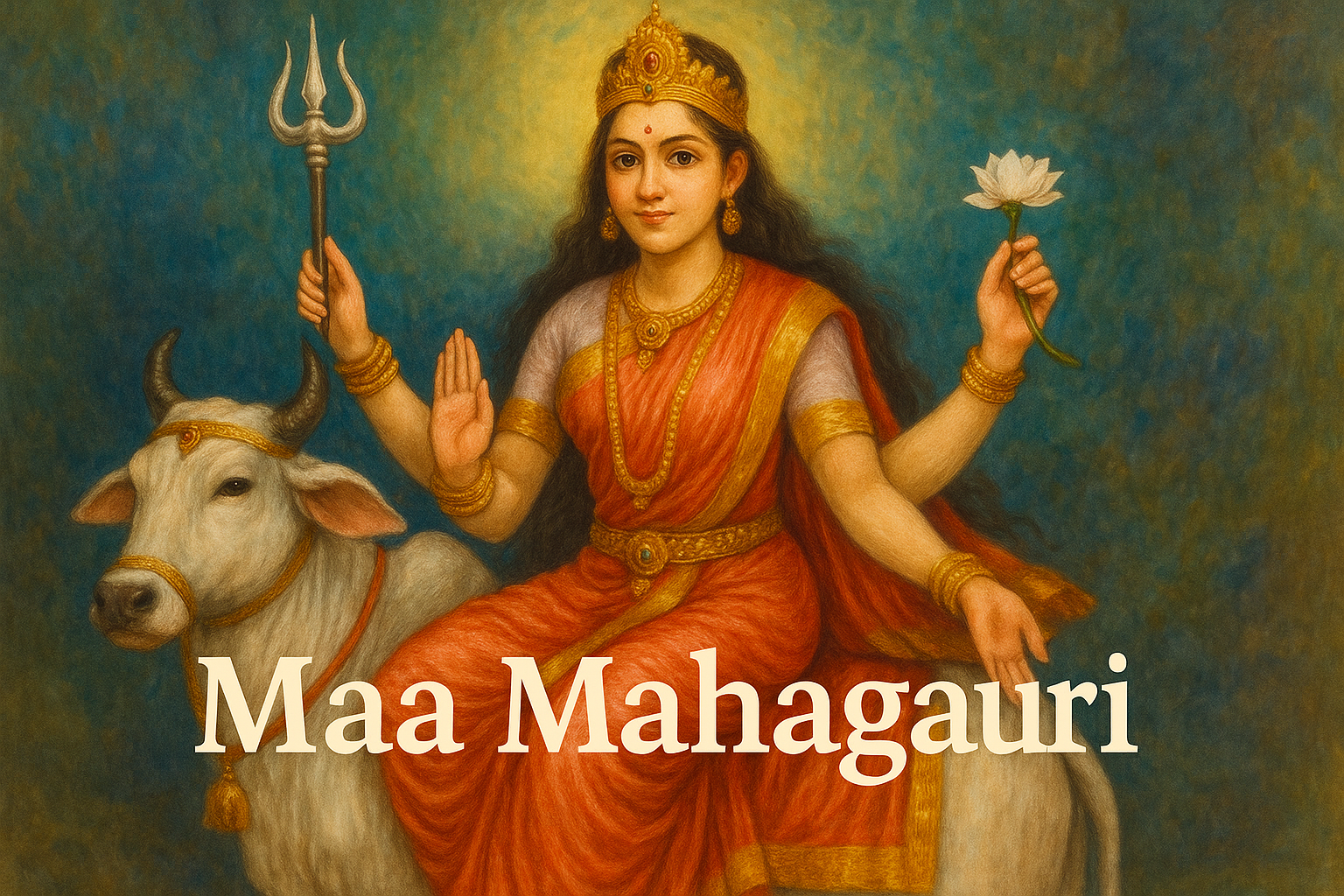
The eighth day, known as Ashtami, is devoted to Maa Mahagauri, a symbol of purity, cleanliness, and serenity. She is depicted in white clothes, riding a bull and holding a trident and a tambourine. Her blessings purify the soul, dissolve all past sins, and promote inner peace and resilience. This day is often celebrated with Kanya Puja, honoring young girls symbolizing the divine feminine.
Color of the Day: Pink 💖
Significance: Bestows purity, peace, endurance, and spiritual liberation.
Day 9: September 30, 2025 – Maa Siddhidatri 🌟
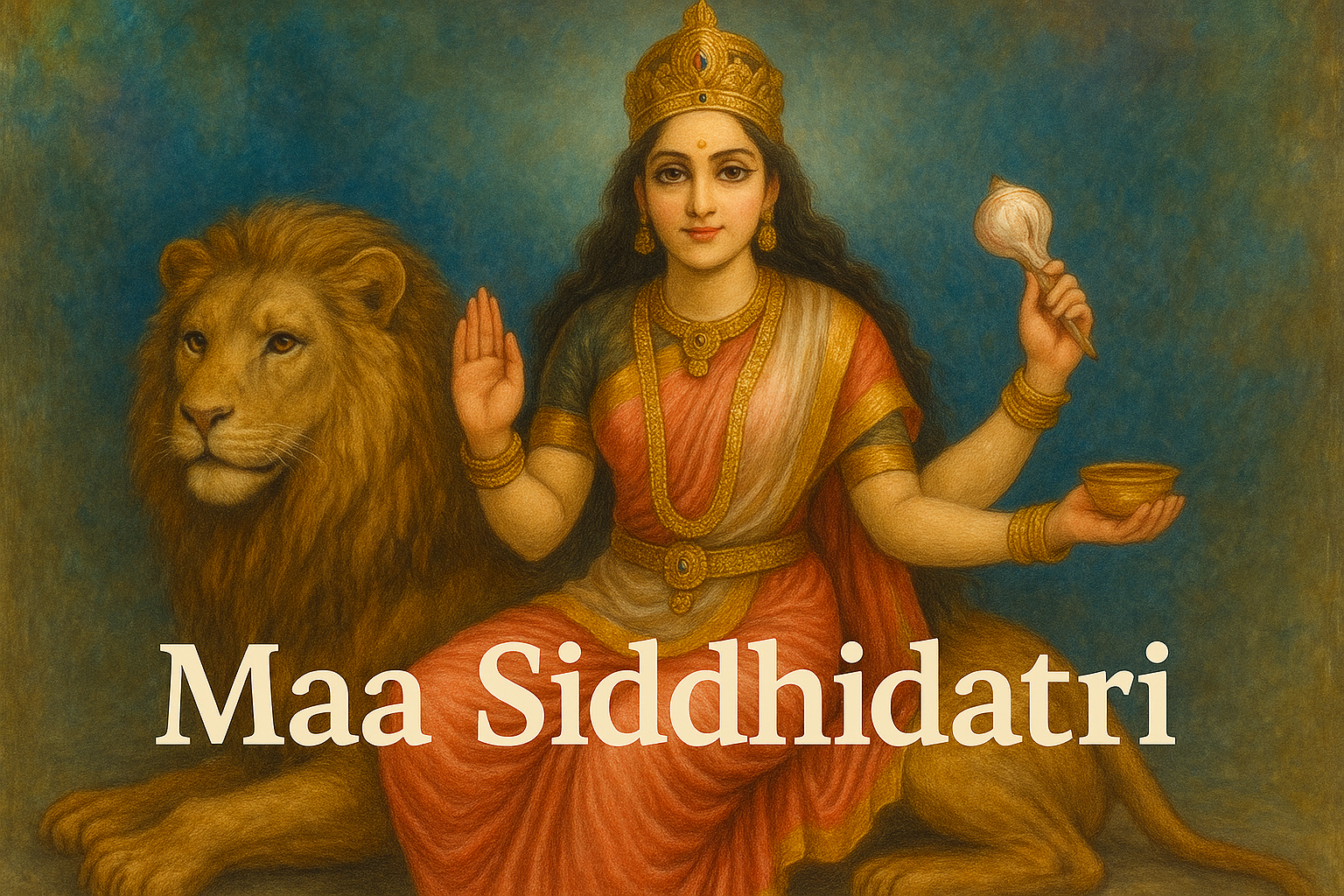
On the ninth and final day, devotees worship Maa Siddhidatri, who is the giver of supernatural powers (siddhis). Sitting on a lotus, she blesses her devotees with wisdom, success, and spiritual fulfillment. Her grace removes ignorance and leads towards self-realization and ultimate union with the divine. Maa Siddhidatri completes the journey of spiritual enlightenment initiated on the first day.
Color of the Day: Purple 💜
- Significance: Grants siddhis (spiritual powers), wisdom, and divine realization.
Rituals and Traditions During Navratri 🪔
Fasting: Devotees observe fasts, consuming only satvik food.
Ghatasthapana: Establishing a sacred pot symbolizes the universe.
Kanya Pujan: Worshiping young girls as manifestations of the goddess.
Garba and Dandiya: Traditional dances performed in the evenings.
Cultural Significance Across India 🇮🇳
Navratri is celebrated differently across various regions:
North India: Emphasis on fasting and Ram Lila performances.
West India: Vibrant Garba and Dandiya nights.
South India: Display of Golu dolls and cultural programs.
East India: Grand Durga Puja celebrations.
Connection to Ancient Festivals of India 🏛️
Navratri is deeply rooted in India's ancient traditions. Similar to other Ancient Festivals of India, it emphasizes the victory of good over evil and the cyclical nature of time.
Relation to Raksha Bandhan 🎁
Both Navratri and Raksha Bandhan celebrate familial bonds and the protective nature of the divine feminine. While Raksha Bandhan focuses on the brother-sister relationship, Navratri honors the universal mother, Goddess Durga.
Conclusion 🙏
Navratri 2025 offers an opportunity to delve deep into spiritual practices, embrace cultural festivities, and seek the blessings of Goddess Durga. By understanding the significance of each day, devotees can align themselves with the divine energies and embark on a transformative journey.





